Stamps are essential for sending mail, but not all stamps are created equal. Some stamps are counterfeit, meaning they are fake and have no value. Counterfeit stamps can cause delays, fines, or even legal troubles for the sender and the recipient. How can you tell if your stamps are genuine or not? Here are some tips to help you spot counterfeit Forever stamps and avoid getting scammed.
What are Forever stamps?
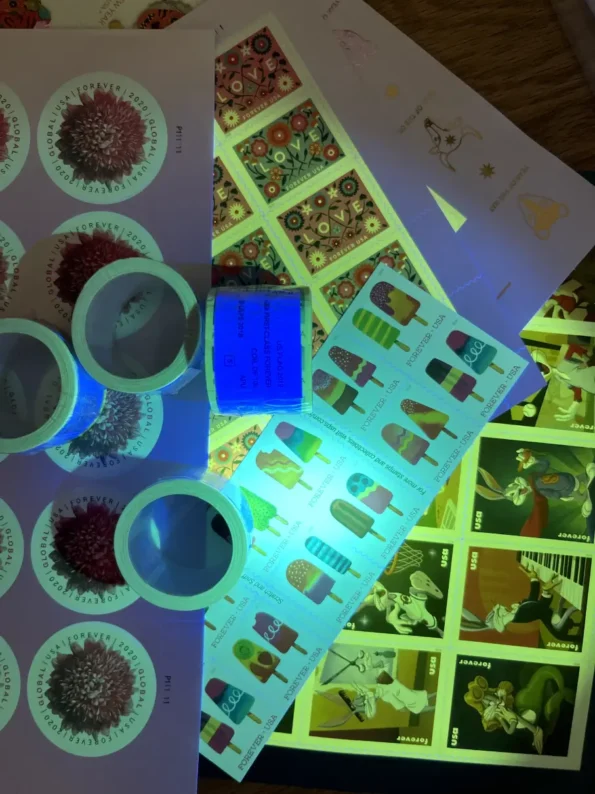
Forever stamps are a type of postage stamp that can be used to mail a one-ounce letter to any address in the United States, regardless of the current price of postage. They are called Forever stamps because they never expire or lose value, even if the postage rates change over time. Forever stamps were first introduced by the U.S. Postal Service (USPS) in 2007, and they usually feature the American flag or other patriotic symbols.
Why are counterfeit stamps a problem?
Counterfeit stamps are a problem because they are illegal and fraudulent. They deceive the USPS and the public, and they can cause financial losses for both parties. Counterfeit stamps also undermine the trust and security of the postal system, and they can damage the reputation and image of the USPS.
According to the U.S. Postal Inspection Service (USPIS), the law enforcement arm of the USPS, the number of counterfeit stamps being sold online has escalated in recent years. Scammers peddle fake stamps on social media marketplaces, e-commerce sites via third-party vendors, and other websites. The USPIS recommends purchasing stamps from approved postal providers, such as USPS locations, authorized retailers, or online at www.usps.com.
How to spot counterfeit stamps?
There are some ways to spot counterfeit stamps and distinguish them from genuine ones. Here are some of the most common signs of fake stamps:
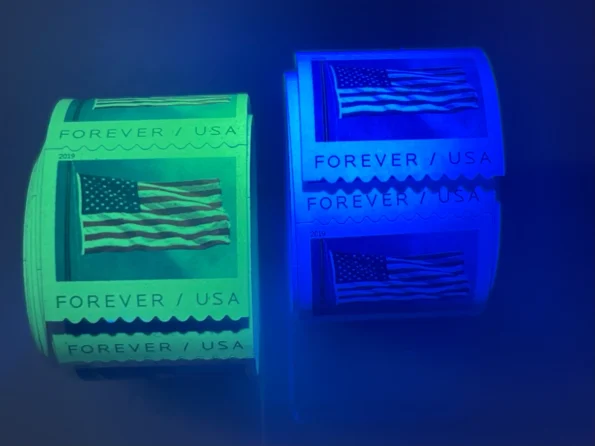
- Quality: Counterfeit stamps are often poorly printed, with blurry images, faded colors, or misaligned perforations. They may also have spelling or grammatical errors, or incorrect information on them.
- Material: Counterfeit stamps are usually made of low-quality paper, plastic, or adhesive. They may feel thin, flimsy, or sticky to the touch. They may also peel off easily or leave residue on the envelope.
- UV test: Genuine Forever stamps have a special ink that glows under ultraviolet (UV) light. This ink is hard to replicate and serves as a security feature. Counterfeit stamps do not have this ink and do not glow under UV light.
- Source: Counterfeit stamps are often sold by unscrupulous sellers who use fake names, addresses, or contact information. They may also have negative reviews, complaints, or reports from previous customers. They may also refuse to provide receipts, invoices, or guarantees for their products.
Spot counterfeit stamps with the following 6 tips:
1, perforation
The perforation mainly involves three parts: shape, punching methods and degree. There’s much behind the shape of perforation of genuine stamps. The perforating equipment in the USPS postage stamp printing factory has strict technological standards, and is regularly repaired and updated. The punched perforations have regular shapes and are bright and smooth.
It’s unlikely that the counterfeiters possess the same technologies and conditions, so they have no choice but to make with their lousy punching technique. One can tell by visual inspection that some counterfeit stamps have triangular-like perforations, and present slot-shaped and polygonal perforations under a magnifying glass.
Types of perforation include line, flat, comb, and roll. When you find the issue time of a USPS postage stamp is not very early, and the perforations on the four sides are irregular, you should pay more attention.
The international philatelic community uses the length of 20 mm as the unit. The number of perforations in this length is the degree of perforation, which is as accurate as 1/4 of the hole. Badly forged usps postage stamps even have different degrees on all four sides. Of course, there are occasional errors in the degree on genuine stamps, which are inconsistent with the perforation data on the catalog, but there are rules to follow.
2, Color
It is the color effect on the stamp surface produced by the printing of stamps. Stamp color is a comprehensive product of multiple factors including printing technology, paper and ink, and it is mainly determined by the ink.
The genuine usps postage stamps are of the pure hue and the color is bright, while the fake stamps are inevitably dim in color and the hue doesn’t look authentic because they are offset with ordinary ink. Moreover, due to the inaccurate color register, overlapping colors and “luhong”(colored shadows accompanied by the pattern and text) will occur. Under the light, color could look significantly different from that of the genuine stamp. Observed through a 20x magnifying glass, the pattern is often displayed as colored dots.
3, Types of printing
The printing methods of postage stamps include engraving, offset, relief, photogravure and photogravure combined with engraving. The popular counterfeit stamps on the market are basically stamps printed with offset counterfeit engraving plates, photogravure combined with engraving or photogravure plates.
The biggest difference is with the engraved stamps, of which the genuine ones have a perception of relief, where the pattern and the ink layer of the inscription are embossed and gives an obvious hand feeling. In addition, under a magnifying glass, the number of texture lines per inch of the stamps of photogravure printing is more than 250, while there are usually 120 to 210 in that of fake stamps. The genuine stamp has a clear and solid pattern, soft and uniform colors, while the fake stamp has problems such as thick dots, deformed fonts, blurred patterns, overlapping colors, exposed colors, which can be seen more clearly through a 20x magnifying glass.
4, Size of the postage stamp
The size of the postage stamp is calculated in millimeters. To identify the authenticity of the stamp, it is more accurate to observe it with a magnifying glass and a ruler. Experienced stamp collectors can even see through the counterfeit toothless stamps that have been cut off. When identifying stamps with perforations, paying attention to the stamp width will also spot counterfeit stamps.
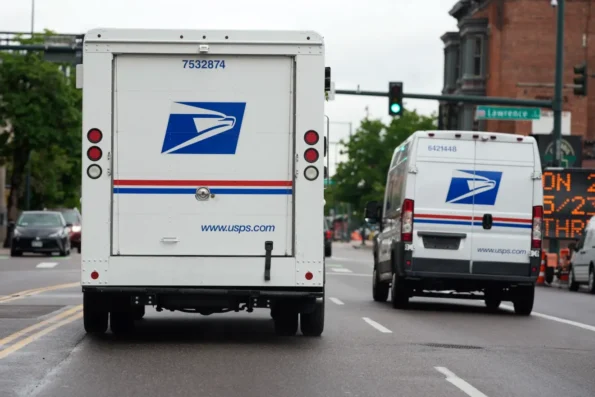
5, Gum
The gum is also one of the elements that you can study to identify genuine stamps. The glue and brushing methods used in counterfeit stamps are different from those used in the production of genuine stamps. Generally speaking, in the 1950s, stamps were coated with dextrin gum made from potato starch. This kind of adhesive is bright and yellow in its color and luster, and the layer is thick. In the 1960s, PVA synthetic adhesive was used, which has a poorer luster than dextrin gum, with a whitish color and a thinner layer.
The counterfeit stamps found so far usually have no gum, and some are coated with a translucent white paint on the back of the stamp passing for the gum, but it is not sticky. There are also those coated with adhesive, but due to poor technique, even the perforated paper fiber is stained with adhesive. For ordinary counterfeiters, it is not easy to apply the adhesive evenly, but it is more difficult to prepare the adhesive with the correct ratio and good color. Therefore, counterfeit stamps often do not have gum, Therefore, special attention should be paid to those stamps that are supposed to have gum but are not coated with any.
6, Paper
Genuine USPS stamps are made of stamp paper specially designated by the postal department. The “coated stamp paper” has visible differences from ordinary offset paper and coated paper in color and luster. A careful observation of the surface of the paper can help discern the false from the genuine.


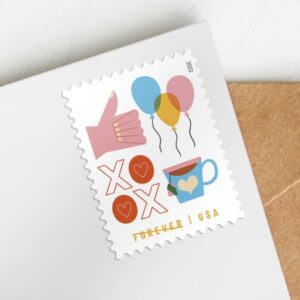
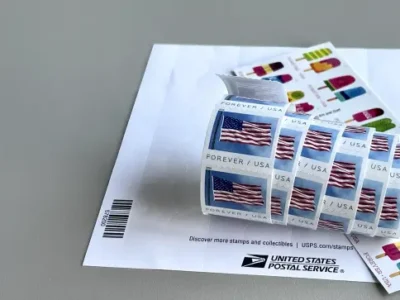
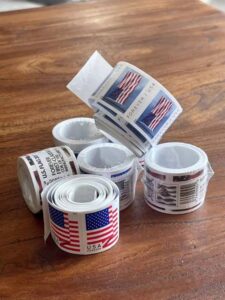
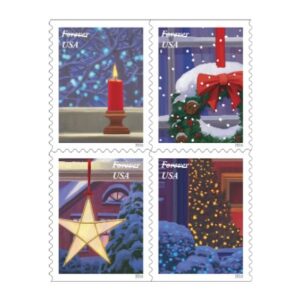
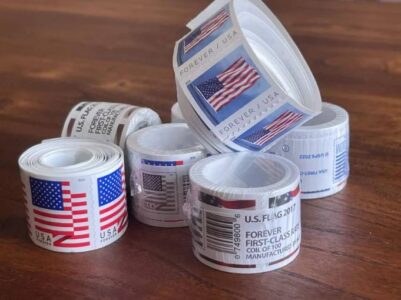
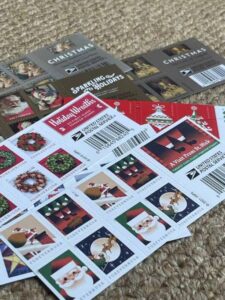
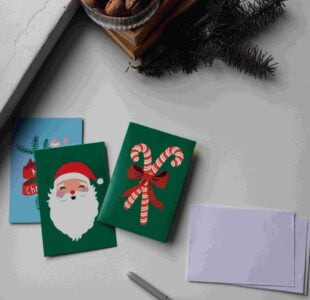
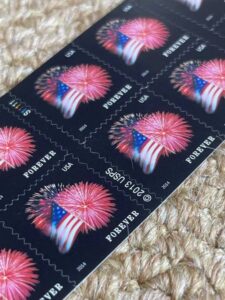

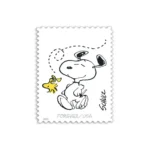










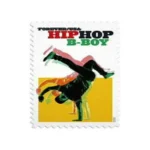












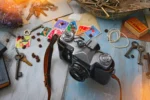














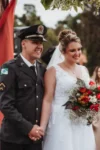


















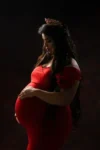





Pingback: Do You Know How to Use 1 oz Stamp Effectively?
Pingback: Do You Know How Much Postage for 1 oz Letter you need 2023?
Pingback: Do You Need Wedding Stamps for Your Invitations? 2023
Pingback: Discount US Postal Stamps: How to Save Up to 50% on Postage?
Pingback: Can You Buy Discount Postal Stamps & Save 💰$1680/Year 2023?
Pingback: The Ultimate Guide to Buying Forever Stamps for Sale in 2023
Pingback: USPS Postage for Christmas 2023: How to Save Money and Avoid Scams
Pingback: 🎄 Holiday Stamps 2023: How to Mail Your Greetings and Gifts